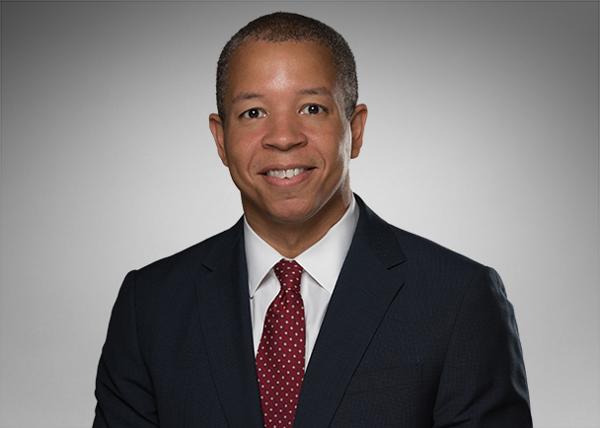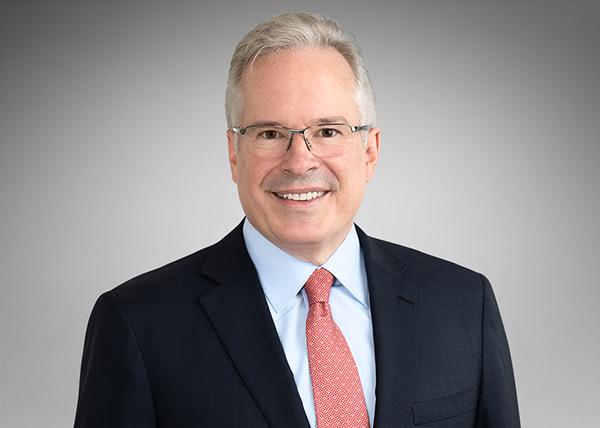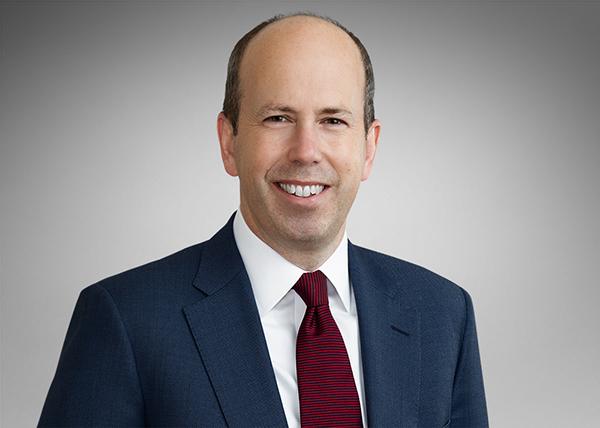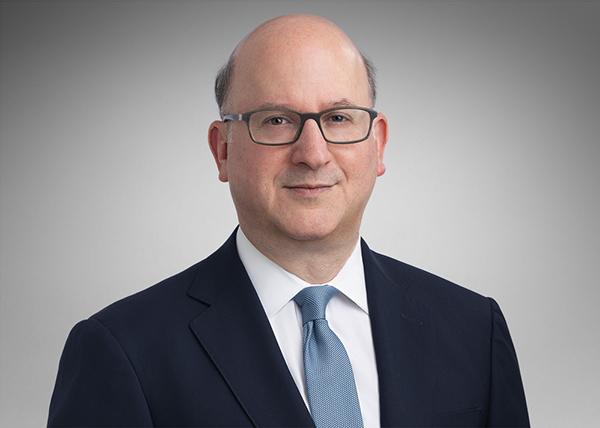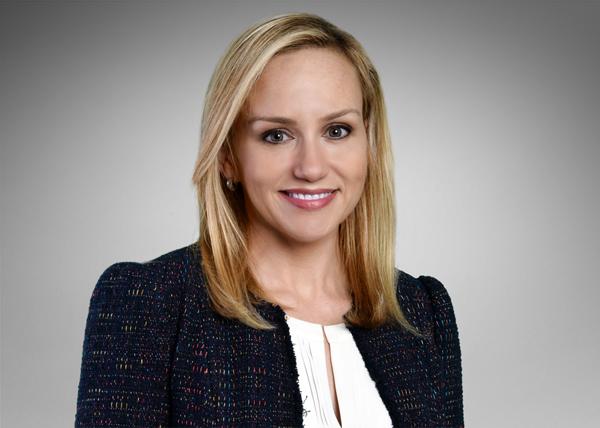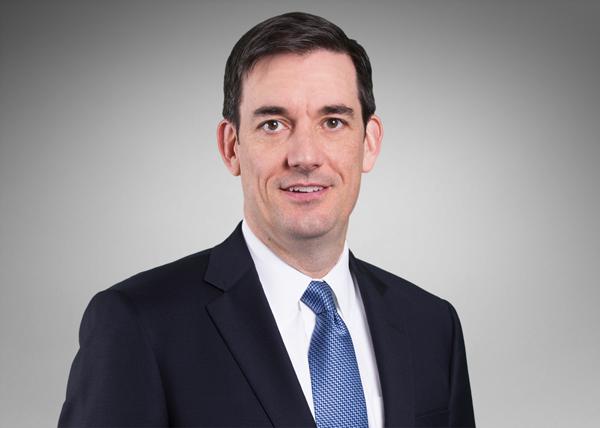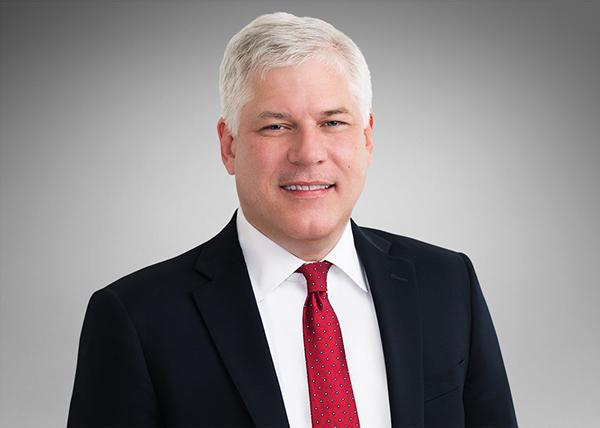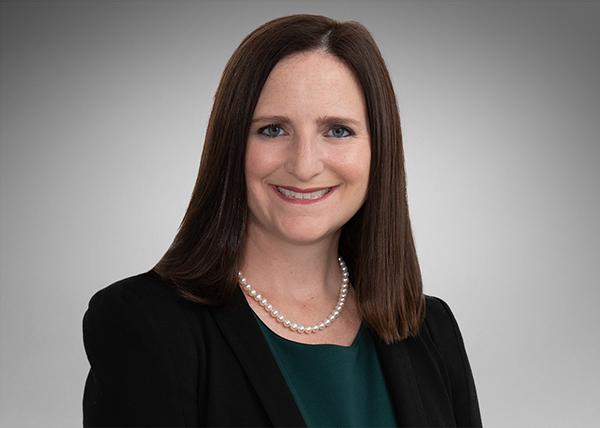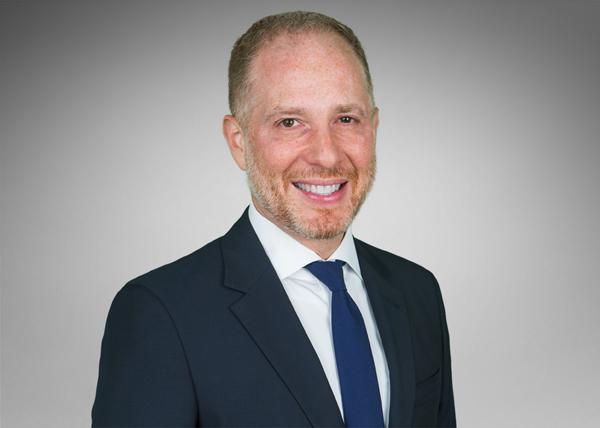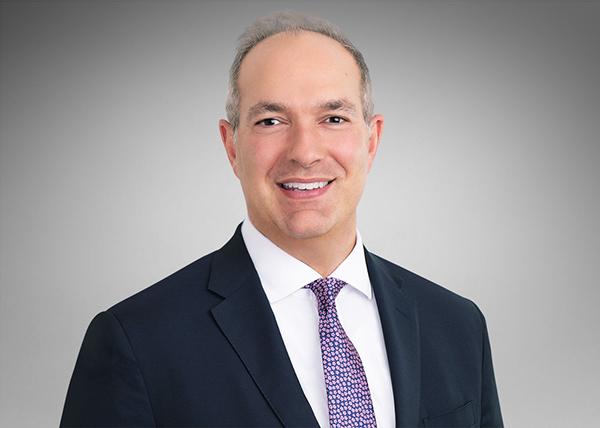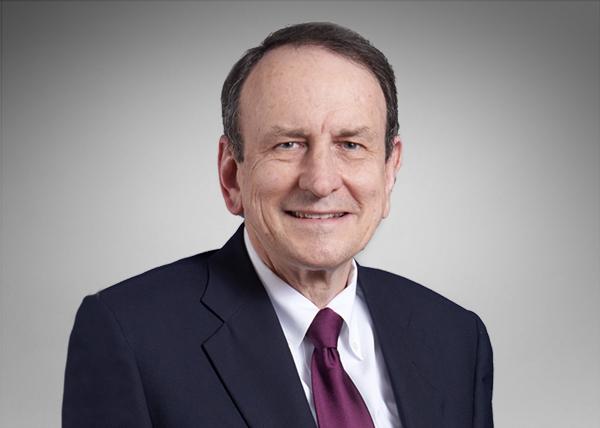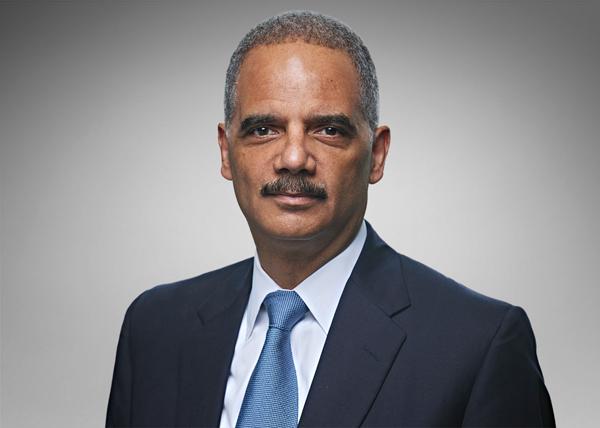Now that the Trump Administration has cleared the six-month mark, its approach to white collar enforcement is starting to come into focus through multiple policy announcements and an emerging track record. After a flurry of policy announcements from Attorney General Pam Bondi in the early weeks of the new administration, President Trump and the Justice Department issued three significant enforcement pronouncements in May and June.
On May 9, President Trump signed an Executive Order titled “Fighting Overcriminalization in Federal Regulations,” which sets out certain directives regarding criminal enforcement, including that criminal enforcement of “regulatory offenses” and “strict liability criminal offenses” are both disfavored. The Executive Order also notes that prosecution of criminal regulatory offenses is most appropriate for persons who knew, or can be presumed to have known, what was prohibited or required by the regulation and “willingly” chose not to comply.
Then, on May 12, the Criminal Division of the U.S. Department of Justice released a white collar enforcement plan describing the Division’s priorities (the “Galeotti Memorandum”), as well as updated versions of key policies that inform DOJ’s approach to investigations and enforcement actions, including the Corporate Enforcement Policy (“CEP”), monitorship selection guidelines, and DOJ’s whistleblower program. These updates were further described in an accompanying speech by the Head of the Criminal Division.
Finally, on June 9, Deputy Attorney General (“DAG”) Todd Blanche issued a memorandum (the “Blanche Memorandum”) providing new guidelines for U.S. Foreign Corrupt Practices Act (“FCPA”) investigations and enforcement. The memorandum was described in a speech by the Head of the Criminal Division. This update follows a February 2025 executive order in which President Trump directed DOJ to temporarily pause FCPA investigations and enforcement while it developed a new policy that promotes “American economic competitiveness.”
Taken together, the announcements demonstrate a focus on promoting several new goals: reorienting enforcement priorities to support the broader policy goals of the current administration; shortening investigation and resolution timelines; and reducing the collateral impact of investigations. Notably, the policy pronouncements from DOJ do not reveal a wholesale change to the Department’s framework around corporate criminal enforcement. As in prior administrations, this Department is largely adjusting the existing policy levers for corporate criminal enforcement, placing even more emphasis on incentives for companies to self-report violations, and promising expedited resolutions and more favorable outcomes for those who do.
With that said, when the new policies are read in the context of executive orders and changes in Departmental resources, it appears that a notable shift to more targeted federal corporate enforcement is occurring. The question now is: will the Department pursue corporate enforcement vigorously, even if in a narrower range of areas? Time will tell.
Announcements Expressly Align Enforcement Priorities with Administration Objectives
The Galeotti Memorandum sets forth the Criminal Division’s “focus” on 10 “high-impact areas” of white collar enforcement, many of which relate to the administration’s previously announced policy objectives, including “trade and customs fraud, including tariff evasion,” sanctions and material support violations involving cartels and Transnational Criminal Organizations (“TCOs”), and fraud in federal programs such as healthcare. Similarly, the May 9 Executive Order makes clear that immigration, national security, and defense are carved out from its limitations on criminal enforcement of “regulatory offenses.” In the context of the FCPA, the Blanche Memorandum similarly highlights the focus on cartels and TCOs, national security threats, and harm to the competitiveness of U.S. companies operating abroad, while noting that the Department will be pulling back on—if not discontinuing altogether—investigations involving “low-dollar, generally accepted” business courtesies.
This express prioritization of the administration’s agenda, which occurred much more subtly in past administrations, may create advocacy opportunities for companies where employee misconduct occurs outside of policy priorities. Companies may be encouraged to make such arguments when they see decisions like the recent dismissal of the Fat Brands case, with the U.S. Attorney’s Office citing to the Galeotti Memorandum and an earlier Bondi memorandum on charging, plea negotiations, and sentencing to state that the case should be dropped as it did not “fall within the scope of these criminal prosecution priorities.” However, an anonymous DOJ official distanced the Criminal Division from the dismissal, telling a Bloomberg reporter that the Criminal Division was “not on the [Fat Brands] matter” and the Criminal Division’s policies “are not applicable to U.S. Attorneys’ offices,” calling into question the predictability and consistency of decision-making in criminal cases across the Department.
Companies will now face a different calculus when they internally uncover misconduct that is not in a priority area. The low likelihood of an enforcement action (despite Galeotti’s statements that “priority connotes precedence, not exclusivity”) will need to be weighed against the increased incentives to self-report, which promise expedited resolutions and more favorable outcomes for those who do (as summarized further below and in DOJ’s new chart at Appendix A in the updated CEP). Before companies can fully rely on the promised benefits of self-reporting, however, the Department will need to build a track record of consistently giving such benefits when warranted. The Fat Brands case also raises questions about whether DOJ will consistently apply and give weight to the Filip Factors in connection with criminal resolutions of pending corporate investigations, or whether pending matters might be dismissed simply because they fall outside the scope of the administration’s stated enforcement priorities.
The general aversion to criminal enforcement of regulatory matters and strict liability offenses expressed by the May 9 Executive Order raises similar questions. Among other things, it will be interesting to see how, if at all, this sentiment will affect criminal regulatory enforcement that relates to the priorities in the Galeotti Memorandum. For example, the Galeotti Memorandum identifies healthcare fraud and violations of the Federal Food, Drug, and Cosmetic Act (“FDCA”) as priorities. The FDCA is a criminal statute that provides for felony liability for violations committed with intent to defraud or mislead, and misdemeanor liability for violations even where there is no evidence of intent, or strict liability. Historically, DOJ has brought felony and misdemeanor FDCA cases against healthcare companies and individuals, although it is not yet clear the extent to which the Department will continue to pursue misdemeanor prosecutions based on strict liability in light of the Executive Order. In addition, for decades, the Civil Division’s Consumer Protection Branch (“CBP”) has played a leading role in many healthcare fraud prosecutions, but it has been reported that DOJ is dissolving the CBP and moving some of the prosecutors with FDCA responsibilities into the Criminal Division. As a result of these changes, it is possible that we may see a shift in how FDCA cases are prosecuted. We can expect the forthcoming agency reports and guidance required by the Executive Order to provide important insight into how the agencies will implement the Executive Order.
Likewise, the Galeotti Memorandum identifies trade and customs fraud as an enforcement priority, and DOJ reportedly is consolidating resources from the Market Integrity and Major Frauds Unit and the Civil Division’s Consumer Protection Branch to form a new Market, Government, and Consumer Fraud (“MGCF”) Unit within the Fraud Section that will focus on prosecuting unlawful tariff evasion. Enforcement of tariff-related violations historically has been driven by DOJ’s pursuit of civil reverse False Claims Act cases (focused on federal payment avoidance) together with regulatory enforcement by Customs and Border Protection (“CBP”). While we expect DOJ to continue to bring customs False Claims Act cases based both on qui tam complaints and referrals from CBP, DOJ also potentially could bring customs fraud cases under a range of criminal statutes, including in particular federal laws prohibiting smuggling (18 U.S.C § 545), wire fraud (18 U.S.C. §§ 1343, 1349), and false statements (18 U.S.C. §1001). Additionally, companies that willfully underpay duties may be subject to criminal penalties and fines under the International Emergency Economic Powers Act (“IEEPA”), assuming the courts uphold the President’s invocation of IEEPA to levy certain tariffs.
Practitioners are also trying to square the Blanche Memorandum’s surprisingly unrestrictive guidance on FCPA enforcement with Blanche’s announcement that DOJ has closed “approximately half” of its open FCPA investigations initiated under the Biden administration and shifted prosecutorial resources to “higher-priority work.” While several of the Memorandum’s four policy factors generally track administration priorities—for example, conduct involving a cartel or TCO, or misconduct that harms the competitiveness of U.S. companies operating abroad—prosecutors seem to retain considerable flexibility in pursuing FCPA investigations and enforcement, given that none of the factors are “necessary or dispositive.” On the other hand, prosecutors now must obtain high-level Departmental authorization to initiate any new FCPA investigation, which undoubtably will have the practical effect of reducing FCPA enforcement. Taken together, the Blanche Memorandum and the revised CEP may suggest that DOJ will rely more heavily on voluntary disclosures. In some industries that face heightened risk (such as infrastructure and defense), however, a voluntary disclosure by one company could lead prosecutors to focus their limited resources on expanding that investigation rather than seeking authorization and resources for an entirely new investigation, which could complicate how the Department’s incentives scheme operates in practice.
As in prior administrations, the DOJ announcements couple most major policy directives with several exceptions and limitations, suggesting that line prosecutors will continue to enjoy significant discretion in making investigation, charging, and resolution decisions. If current Department leadership is indeed holding the reins more tightly to prevent the exceptions from swallowing the rules, as the announcements seem designed to convey, this should yield more opportunities to obtain meaningful review within the Department of prosecutors’ decisions that depart from the policies. The jury is still out on whether this will consistently occur.
We expect that the Galeotti Memorandum will continue to guide the Division’s enforcement priorities even as new leadership takes the helm following the President’s nomination of Andrew Tysen Duva on July 30 to serve as the Assistant Attorney General for the Criminal Division. We expect that the Memorandum was approved by higher-level Department officials and, as such, will remain in place during Duva’s tenure.
Commitment to Expedited Investigations May Be Complicated by Resource Constraints
The commitment to expedite investigations and resolutions, reflected in both the May 12 and June 10 pronouncements, is welcome news to companies familiar with the costs and burdens associated with years-long investigations. Yet, many questions remain as to how the Department will fulfill this commitment. Most importantly, the administration’s ongoing efforts to reduce the size of the federal workforce—including the 2026 DOJ budget request, which cut over 50 attorneys from the Criminal Division and more than 70 positions overall—and the shift of resources away from white collar enforcement to other administration priorities (such as the reported diversion of FBI resources to immigration enforcement) has left fewer investigators and attorneys with experience in white collar enforcement to move open investigations to conclusion. It is unclear how long it will take the Department to make principled decisions on the current backlog of investigations. With fewer resources, the Department likely will need to employ expedited decision-making processes to achieve efficiency while preserving fairness and consistency, which often require meaningful engagement by supervisors and even Department leadership.
When it comes to voluntary disclosures, the Department will need to demonstrate that it can move quickly to provide the stated benefits for the revised incentive structure to work as intended. If companies that voluntarily report issues find themselves bogged down in lengthy or expanding investigations, many will understandably discount the benefit of a potentially favorable resolution when weighed against the risk of not disclosing conduct during a period of decreased enforcement.
Early Enforcement Patterns Suggest that DOJ Intends to Implement these Policies, but It Is Too Early to Know to What Extent
It is still too early to tell the extent to which these policies and resourcing changes will affect corporate enforcement. The policy pronouncements are still relatively new, and it is to be expected that they will take some time to play out.
There are signs, however, that the Department is trying to convey to the corporate community that it is taking these changes seriously and that declinations may be more readily available. On August 7, the Criminal Division announced the first declination awarded under the revised CEP (Liberty Mutual). And in recent months, DOJ has publicized two declinations by the National Security Division (White Deer and Universities Space Research Association) pursuant to NSD’s Enforcement Policy for Business Organizations. We will be interested to see whether, with time, the Department can generate a track record of declinations that inspires confidence in the corporate community that DOJ is operationalizing the announced commitment to leniency for companies that disclose misconduct.
And there also are signs that the Department is proceeding with a more targeted approach to enforcement in certain areas of interest to corporations. For example, in the FCPA arena, DOJ has closed “approximately half” of the Biden Administration-initiated FCPA investigations, as confirmed by several companies that have publicized the Department’s closure of their pending investigations. Prosecutors also have moved to terminate several deferred prosecution agreements before their term expired, such as ABB and Stericycle, and to dismiss the case against two former Cognizant executives out of the District of New Jersey. But at the same time, other individual FCPA prosecutions have proceeded, including two cases in the Southern District of Florida and one case in the Western District of Pennsylvania, as well as a newly opened case in the Southern District of Texas. Alongside the new Guidelines, the continued prosecutions suggest at least some DOJ-led FCPA enforcement will continue in this administration. And while this update is focused on DOJ, we also note that the overall FCPA enforcement climate will remain uncertain until the Securities and Exchange Commission clarifies its own enforcement policies.
Similarly, in terms of Foreign Agents Registration Act (“FARA”) prosecutions, DOJ’s approach has been split: the Department has moved to dismiss FARA charges in at least one case, while continuing to pursue several others. Attorney General Bondi’s February Memorandum limited criminal FARA enforcement to “instances of alleged conduct similar to more traditional espionage by foreign government actors.” But the Department has not clarified what was meant by “more traditional espionage,” so we will need to wait to see whether future cases shed more light on how the Department will implement Bondi’s guidance.
In the area of trade controls enforcement, early signs are that the Department will reduce the Biden-era emphasis on criminal investigations of corporations, but will continue to pursue corporate cases aligned with the Administration’s policy priorities. On the one hand, the Department dissolved NSD’s Corporate Enforcement Unit in February, and officials responsible for corporate cases have since left the Department or been transferred to other roles within it. On the other hand, NSD in late July announced a major corporate criminal settlement penalizing export control violations involving China, and the Galeotti Memorandum identified certain types of sanctions violations as among the “high-impact” areas that white collar investigations will continue to target.
Announcements and Emerging Track Record Start to Bring Corporate Criminal Enforcement into Focus
Although many questions remain, the realities of corporate criminal enforcement in the current administration are starting to come into focus. Assuming the Criminal Division continues to serve as a bellwether for corporate criminal enforcement in the Department, as has been the case historically, we expect that broader white collar enforcement will similarly align with key policy priorities of the administration. We will be paying close attention to whether these changes usher in an era of significantly changed—or perhaps reduced—enforcement, particularly in “non-priority” areas, as well as whether other U.S. authorities fill any vacuum (such as the California Attorney General’s assertion that his state will pursue foreign bribery cases).
Similarly, we will be watching to see if the Department follows through on its commitments to efficiency and the reduction of collateral harms from investigations. As announcements of corporate resolutions are made over the coming months, and the Department navigates the backlog of open investigations, the realities of corporate enforcement during this administration will become clearer. And, if DOJ gives speedy declinations or other favorable resolutions to companies that voluntarily disclose, this will pave the way for more such disclosures in the future. Conversely, if resolutions lack efficiency or fairness, then companies will rightly question the benefit of making voluntary disclosures. In short, policy announcements are given their intended weight when they are enforced consistently and predictably. We will continue to assess the strength and import of these policies as the Department’s white collar criminal enforcement record unfolds.
The chart below summarizes some of the key changes in the revised Corporate Enforcement and Voluntary Self-Disclosure Policy (“CEP”) from the prior guidance.
|
Factors
|
Prior CEP Guidance
|
Updated CEP Guidance
|
|
Voluntary self-disclosure, cooperation, remediation, no aggravating factors
|
Presumption of a declination
|
Declination
|
|
Voluntary self-disclosure, cooperation, remediation, aggravating factors
|
May receive a declination if there was “immediate” voluntary self-disclosure, “extraordinary cooperation,” and an effective compliance program that contemporaneously identified the misconduct
If do not qualify for the above, presumption against a guilty plea and a monitor, reduction of 50-75% off the low end of the fine range (or, if a recidivist, off some higher point in the fine range)
|
May receive a declination depending on the severity of those factors when weighed against the company’s cooperation and remediation
If not, NPA with a term of less than three years, no monitor, and a 75% reduction off the low end of the fine range
|
|
Voluntary self-disclosure, cooperation, remediation, “particularly egregious” or multiple aggravating factors
|
May receive a guilty plea, presumption against a monitor, reduction of 50-75% off the low end of the fine range (or, if a recidivist, off some higher point in the fine range)
|
Prosecutors maintain discretion to determine the appropriate resolution form, term length, compliance obligations, and penalties, though they cannot provide more than a 50% penalty reduction (to be applied to the low end of the fine range)
|
|
Cooperation and remediation, good faith self-disclosure but not voluntary
|
Prosecutors will consider the disclosure in setting the resolution form, its duration, and penalties
|
NPA with a term of less than three years, no monitor, and a 75% reduction off the low end of the fine range
|
|
Cooperation, remediation, no self-disclosure
|
Reduction of 50% off the low end of the fine range (or, if a recidivist, likely off some higher point in the fine range)
|
Prosecutors maintain discretion to determine the appropriate resolution form, term length, compliance obligations, and penalties, though they cannot provide more than a 50% penalty reduction (to be applied to the low end of the fine range)
|
|
“Recidivist”
|
Any “criminal recidivism” is an aggravating factor
|
Recidivism only qualifies as an aggravating factor to the extent it occurred in the last five years based on “similar misconduct” carried out by the same entity currently under scrutiny
|
If you have any questions concerning the material discussed in this client alert, please contact the members of our White Collar Defense and Investigations practice.
Back
Back






